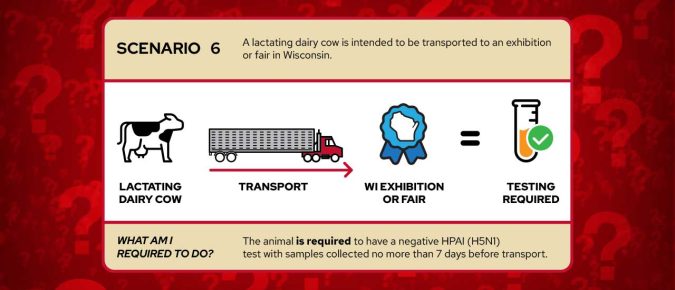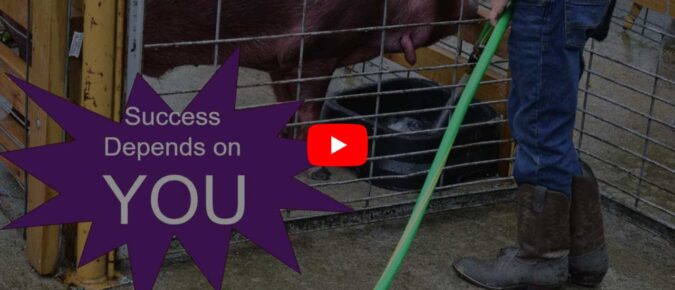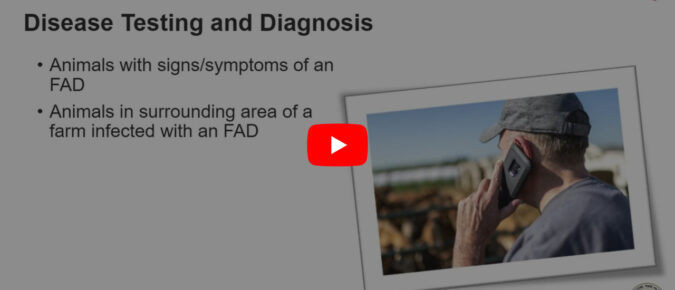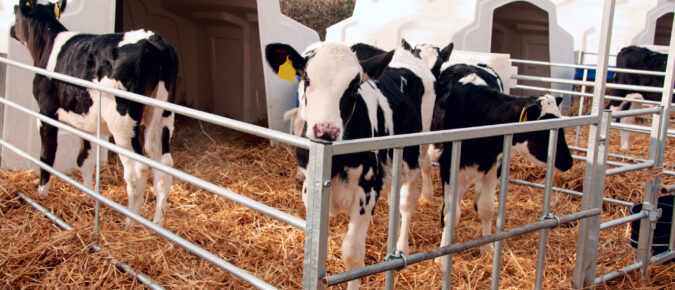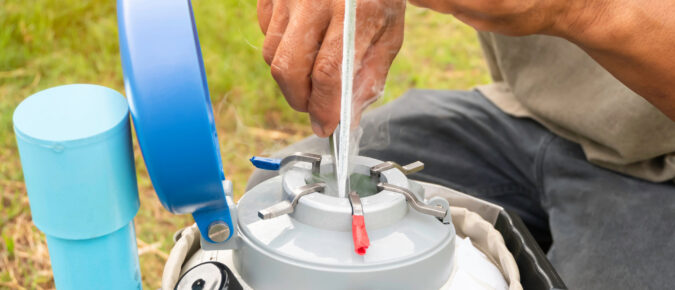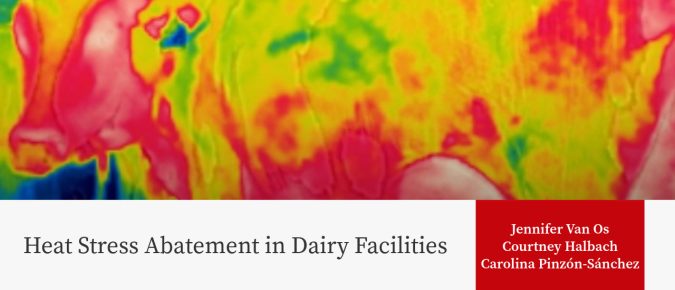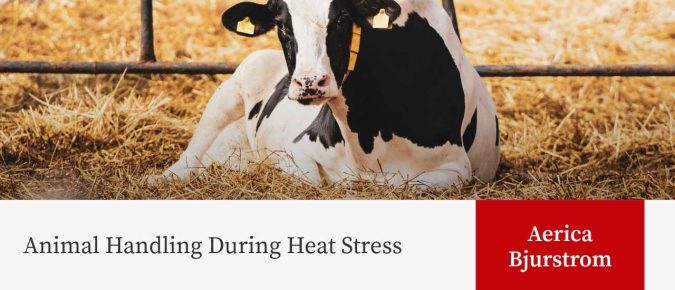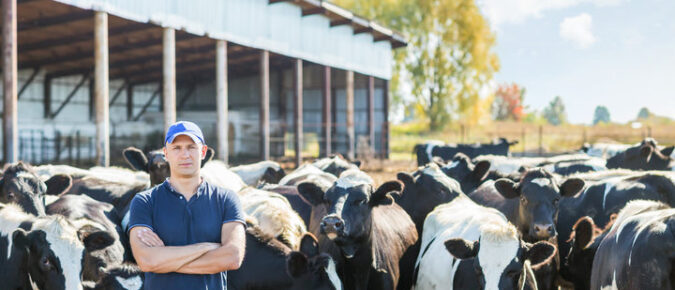his presentation will explore how heat stress affects the physiological, behavioral, and developmental aspects of calves during their critical early stages of life and highlight the long-lasting implications that persist into adulthood.
Mooving Cows™ is an educational game where you can practice moving cows around a dairy farm. Learn about cow behavior and practice basic cow handling skills to stay safe and keep cows calm.
The Federal order regarding the HPAI (H5N1) virus situation requires testing for specific interstate (across state lines) travel of lactating dairy cattle. Read about different scenarios to assist farmers with understanding the Federal order.
This video focuses on basic biosecurity practices for livestock operations.
This video outlines practices for biosecurity at fairs, shows, and exhibitions.
This video provides an overview of biosecurity during disease response.
Water contributes to 75 percent of the body weight in calves, making this nutrient an essential daily requirement.
El agua contribuye al 75 por ciento del peso corporal de los terneros, lo que hace que este nutriente sea un requerimiento diario esencial.
Proper semen handling requires being comfortable with a liquid nitrogen tank so you can work quickly and effectively to avoid damaging frozen semen.
When cows are heat stressed, they eat less, produce less milk, have reduced immune function and higher SCC, and show reduced fertility. A spike in lameness often follows the hot season.
Combating heat stress in the herd requires an action plan to prevent heat stress and address heat stress-related issues.
Why do cows that face a common challenge (Stress) respond differently to it (Strain), and how do managers capitalize on this?



